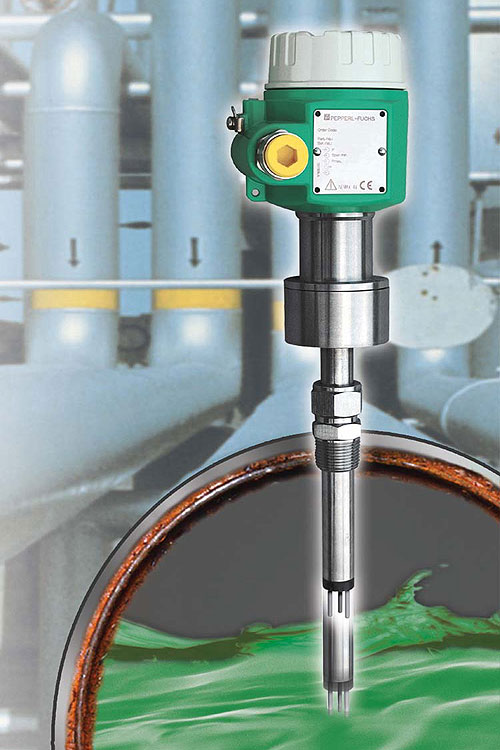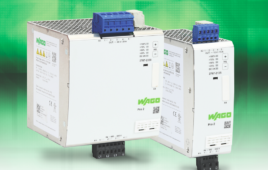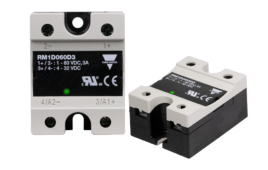TWINSBURG, OH – Pepperl+Fuchs CorrTran® MV Corrosion Detection Transmitters – renowned for their ability to deliver multivariable outputs, including general and local corrosion rates and conductivity, from a single transmitter – can now deliver that information wirelessly via the WirelessHART protocol. This unique functionality enables users to determine the effectiveness of their corrosion inhibitors – and to detect and correct corrosion issues through upkeep and preventative maintenance – before they become a costly problem.

Both WirelessHART and standard HART model CorrTran MV transmitters use a new algorithm of the LPR (Linear Polarization Resistance), HDA (Harmonic Distortion Analysis) and ECN (ElectroChemical Noise) measurement for maximum corrosion monitoring accuracy. They also automatically calculate and update the Stern-Geary value (B-value) due to changes in other process variables to maintain maximum accuracy. At the completion of each measurement cycle, the respective corrosion rate and pitting value is calculated and made available to the plant personnel in the form of a 4…20 mA HART signal.
CorrTran MV transmitters can be located in general purpose, intrinsically safe, explosion/flame proof and Class I, Division 2 hazardous locations, and are suitable for direct or remote mounting. New models feature the same design and dimensions as earlier versions, and can be retrofitted to older units.
WirelessHART Protocol
Built on the widely-used and open HART standard, WirelessHART communication is an ideal solution for brown field or green field installations because, unlike other wireless technologies, it is designed to meet the unique requirements of wireless networks operating in process plants. With more than 20 million HART- compatible devices in the field, most process plant operators, field technicians, and engineers are already familiar with the HART communication protocol. WirelessHART simply combines HART and radio technology into a wireless communication solution that is completely downward compatible, enabling users with existing HART instruments – even in the majority of situations where HART is not actually in use – to leverage open wireless communication for benefits such as online parameterization and predictive maintenance.
Released in September 2007, the WirelessHART Standard is free of the physical transfer path. HART uses a 2.4 GHz band—license-free and used throughout the world—as a transfer medium for several radio technologies, including WLAN, Bluetooth, and ZigBee. Thus it is possible to use WirelessHART without approval. For the physical layer, WirelessHART uses radio modules in accordance with IEEE 802.15.4. Radio systems such as ZigBee and WLAN are already established on the basis of this standard – but a primary advantage to WirelessHART is that it is an open system and the hardware is already available.
Pepperl+Fuchs
www.pepperl-fuchs.com
::Design World::
Filed Under: Factory automation, AUTOMATION, Wireless • 5G and more, TEST & MEASUREMENT, ELECTRONICS • ELECTRICAL





Tell Us What You Think!